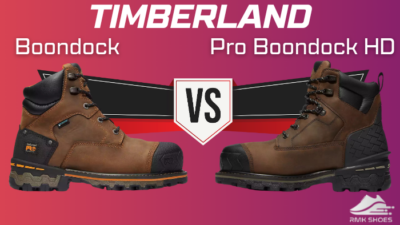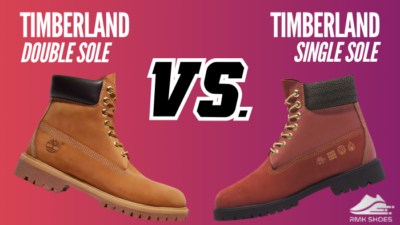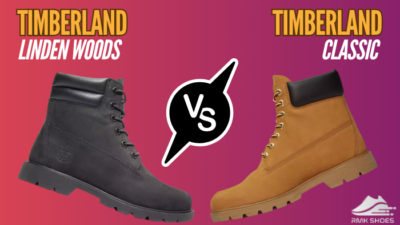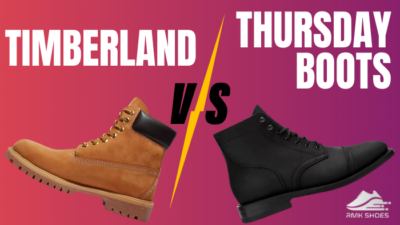I was pretty happy with my pair of Pegasus 40 for my daily use before I heard all the buzz and demand for the Endorphine Shifts from Saucony.
So I quickly bought a pair of Endorphin Shift 3 and put them against my existing Pegasus shoes.
After months of heavy use, I have found some interesting traits between these shoes that every potential buyer should be aware of.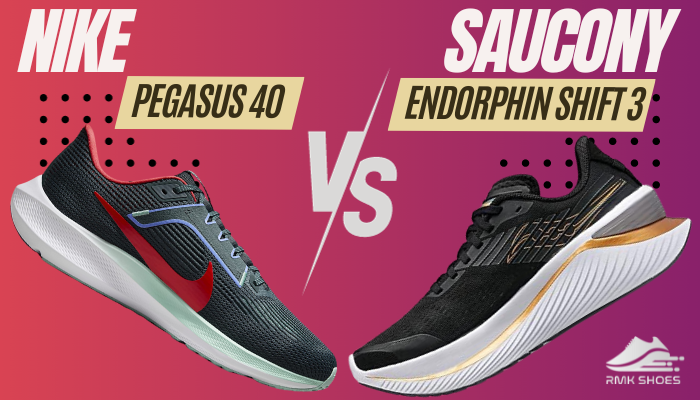
On that note, let’s do a thorough comparison between Nike Pegasus and Saucony Endorphin Shift to determine the best pick for you.
A Quick Rundown of Nike Pegasus and Saucony Endorphin Shift
Nike Pegasus has been a long-running player in the high-performance footwear market compared to the Saucony Endorphin Shift.
With an aggressive focus on daily training, the Pegasus shoes from Nike have always been the go-to pick for athletic workouts. These pairs might not be the most affordable trainers, but they are reliable, durable, and comfortable for daily wear.
The Saucony Endorphin Shift is not as renowned as the Nike Pegasus in this regard.
However, these shoes managed to pick up the slack where the Pegasus shoes fall short: excellent stability.
Both brands have a distinct focus on providing the best running and daily training kicks for the masses.
With that intent, both series have seen a few notable iterative updates.
The Nike Pegasus 40 and Saucony Endorphin Shift 3 are the most notable and latest iterations from these lineups that were both released in 2023.
Technical Comparison Between Saucony Endorphin Shift 3 and Nike Pegasus 40
Despite both of these shoes being daily trainers/runners, they have their unique traits as different brands use their own in-house technology for construction.
As customers, we can get a good idea about how these shoes might perform by going through such discrepancies.
So, let’s take a look at the technical comparison between the Pegasus 40 and Endorphin Shift 3:
| Attributes | Saucony Endorphin Shift 3 | Nike Pegasus 40 |
|---|---|---|
| Purpose | Neutral running and daily training | Neutral running and daily training |
| Weight | 10.4oz | 9.4oz |
| Sizing | True to size | True to size |
| Upper material | Engineered mesh with TPU overlays | Engineered mesh |
| Midsole | PWRRUN PB foam (a blend of EVA and TPU) | React foam |
| Cushioning | Responsive and slightly firm | Soft and bouncy |
| Outsole | Durable rubber, XT-900 carbon rubber in high-wear areas | Durable rubber with flex grooves |
| Stack height | 34.5mm-38.5mm | 18-28mm |
| Heel drop | 4mm | 10mm |
| Stability | Neutral with the medial post for added support | Neutral |
| Price | $150 | $130 |
The listed technical aspects play a vital role in the end-user experience, which became apparent after using both of these pairs for over 6 months now.
Major Differences Between Nike Pegasus 40 and Saucony Endorphin Shift 3
Some aspects of the Pegasus and Endorphin Shift might look similar at a glance, like the engineered mesh upper or the rubberized outsole.
However, upon closer inspection, they both offer a very different running and training experience due to some underlying variances in implementation.
And that’s not all!
Here are all the noticeable differences between the Nike Pegasus 40 and Saucony Endorphin Shift 3:
1. Upper Construction
From design language to material quality, Nike and Saucony take individual approaches to deliver a better upper construction.
Some of these aspects might be subjective, but others can affect your daily wear experience.
Let me explain.
Design and Aesthetics
The Pegasus 40 has a streamlined and classic silhouette that can go nicely with any outfit. Nike has played safe with the more minimalistic design, logo, and simple colorways.
While this kick leans towards a timeless aesthetic, the Saucony Endorphin Shift embraces a bold and contemporary look.
The modern & dynamic color accents with distinct overlays scream a sporty vibe throughout the build of the Shift 3 shoes.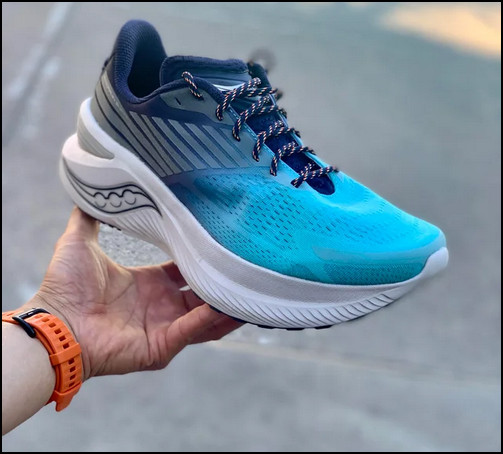
Upper Material
While Nike and Saucony aim to provide a breathable and comfortable upper in their footwear, both take a different approach to meet the goal.
The Pegasus 40 boasts an engineered upper mesh with zonal reinforcements for added durability.
Meanwhile, the Endorphin Shift 3 also utilizes a similar material but with a bit more breathability and TPU overlays for structural support.
To be honest, both offer good breathability, but the Shift 3’s sandwich mesh construction felt more airy in dry environments.
Tongue
You can find a gusseted tongue in the Nike Pegasus shoes with minimal padding for midfoot comfort.
During my workouts, it stayed in place and prevented lace bits while doing some tempo runs.
The Saucony’s shoe has a longer tongue profile with noticeably more padding. As a result, it felt more comfortable and had a better pressure distribution.
Such a design also contributes a lot to getting a snug fit, but more on that later.
Overall, the Saucony Endorphin Shift gets an early upper hand for offering a more suitable upper construction and design for its intended purpose.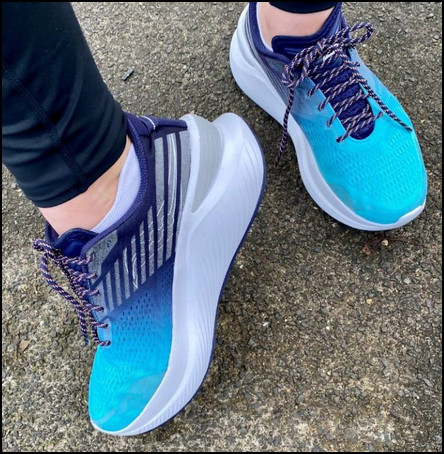
2. Midsole and Comfort
Both Nike and Saucony have opted for different midsole materials in these shoes to bring out distinct personalities.
In the Pegasus 40, a soft and bouncy Nike React foam provides adequate comfort for high-mileage runs. Those who want maximum impact absorption will be very pleased with this pair.
Some users may not like its less responsive feel, but the relaxed ride of this midsole technology has always been ideal for easy runs and longer distances.
The Endorphin Shift 3 from Saucony takes a completely different path compared to Pegasus.
This shoe utilizes Saucony’s in-house PWRRUN PB foam, which is composed of EVA and TPU materials. This blend provides a responsive ride with a springy feel for fast-faced short runs.
The downside?
It feels a lot firmer than the Pegasus 40’s plush cushioning. Such a trait can chase out many potential buyers who are shopping for a comfortable running shoe.
Hence, the Nike Pegasus 40 takes the lead in boasting a midsole that can offer high-mileage comfort and withstand any workout.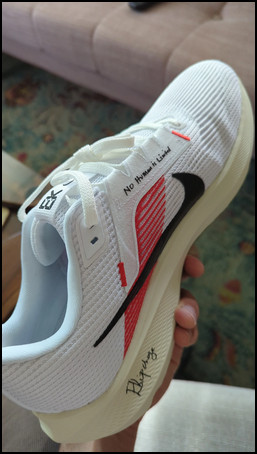
3. Outsole and Durability
Traction isn’t really a concern for these shoes as they both have adequate rubber treads to avoid slipping.
However, the implementation of the rubberized outsole is drastically different in these kicks.
The Pegasus 40 has full coverage of durable rubber with flex grooves. It offers excellent wear resistance on various terrains and good traction even in wet conditions.
On the flip side, Saucony has applied their proprietary XT-900 carbon rubber in Shift 3’s high-wear areas (heel and forefoot strike zones). They also left the midsole foam exposed in the middle.
This kind of design enhances responsiveness and midfoot break, but it does come at a cost.
The exposed area becomes more prone to wear and tear, especially when you take these shoes on rougher terrains.
Despite having a more running-oriented outsole, the Endorphin Shift 3 loses to the Pegasus 40 due to its less durability in the long run.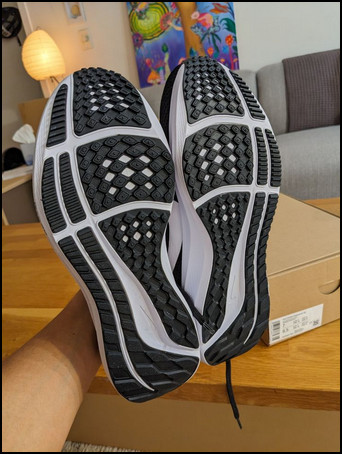
4. Fit, Weight and Sizing
Both shoes might have a true-to-size fit with half-size options, but the build and support are quite different.
For example, the Pegasus 40 has a slightly wider toe box to accommodate wider forefeet. The comfortable heel cup and flexible upper mesh also adapt to any foot shape accordingly.
Since the Saucony Shift 3 also boasts somewhat similar upper material, you can expect a snug fit throughout the whole build. But it starts to differ in the midfoot area with a bit tighter fit compared to the Pegasus pair.
It also has a wider platform for better stability than Nike’s offering.
To add, the Endorphin Shift 3 is about 1 ounce heavier than the Pegasus 40. So keep that in mind if you prefer a lightweight feel in your running shoe.
However, I didn’t notice any sacrifice in agility due to this weight variance during my 10K run.
| Feature | Nike Pegasus 40 | Saucony Endorphin Shift 3 |
|---|---|---|
| Fit | Roomy forefoot, wide toe box | Snug midfoot, wider platform |
| Weight | Lightweight(9.4oz for men’s size 9) | Slightly heavier(10.4oz for men’s size 9) |
| Sizing | True-to-size, Half sizes available | True-to-size, Half sizes available |
| Best for | Lightweight comfort, long runs, wider forefeet | Stability, responsiveness, midfoot/forefoot strike |
Although the Endorphin Shift 3 might not win any lightweight award, its overall fit and sizing are definitely better than the Pegasus 40.
5. Daily Training Performance
Both Nike’s Pegasus and Saucony’s Endorphin Shift shoes utilize their proprietary technology in an attempt to outperform each other in day-to-day activities.
While doing so, they both ended up providing a very different user experience, especially in daily training.
The React foam of the Pegasus 40 delivers luxurious comfort in high-performance workouts like box jumping or heavy squats. Its highly cushioned construction absorbs impact to prevent foot fatigue.
As a result, this pair is a great choice if you want to rock them all day.
The Shift 3’s PWRRUN PB foam might be slightly firmer than the Pegasus 40, but its responsive ride is certainly better for mixed-paced running.
And there’s even more!
Saucony’s shoe is more suitable for weight-lifting and rope jumping thanks to its much more stable platform and midsole.
That being said, you can’t go wrong with either of these shoes for everyday training as they both excel in their own way.
6. Running Stability
The higher stack height of the Saucony Endorphin Shift shoes might reduce ground impact, but such a build comes in handy for a stable running experience.
Its wider platform prevents overpronation at the cost of reduced mobility.
Not to mention, the Shift 3 has a lower 4mm heel-to-toe drop that encourages a midfoot or forefoot strike. It increases your running efficiency by a small margin.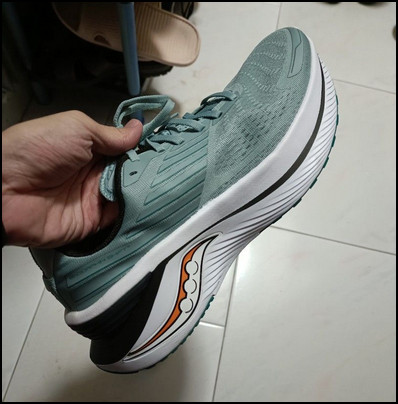
Switching over to the Pegasus 40, a higher 10mm offset encourages a heel-strike running style. These shoes are primarily designed for neutral runners with extra emphasis on comfort for long sessions.
As a result, it’s more suitable for fast-paced heavy runners.
But the plush midsole and a streamlined build provide a less stable experience when you want to make a quick transition.
It’s such a shame because the Pegasus 40 already has the agility of a lightweight kick.
An improved stability could’ve sealed the deal for most users, considering it also costs around $20 less than the Shift 3.
After running almost 300 miles with both pairs, it’s safe to say that the Endorphin Shift 3 is preferable to the Nike Pegasus 40 as the most reliable runner.
Strengths and Weaknesses of Nike Pegasus 40 and Saucony Endorphin Shift 3
Glancing through the differences might not point out the advantages and disadvantages that both of these shoes bring to the table.
To get a better understanding, check out these pros and cons of Nike Pegasus 40 and Endorphin Shift 3:
Nike Pegasus 40
- »More nimble and lightweight underfoot.
- »Ideal for fast-paced long runs.
- »Soft and bouncy cushioning for high-mileage runners.
- »Durable outsole.
- »More affordable.
- »Less stable.
- »Less breathable.
Saucony Endorphin Shift 3
- »More stable for overpronators.
- »Lower heel drop for better running efficiency.
- »Energetic and responsive midsole.
- »Breathable upper for all-day wear.
- »Better stack height.
- »Slightly heavier.
- »Firmer cushioning.
- »More expensive.
Nike Pegasus 40 Vs Saucony Endorphin Shift 3: Which One is Better?
If we look at the broader aspects, there’s no “one shoe fits all” for the ongoing comparison between Nike Pegasus and Saucony Endorphin Shift. Each shoe has a different goal and offers something unique to the target audience.
Choose the Nike Pegasus if you want affordable wear for versatile activities and a durable fit suitable for all-day use. It’s also a great option for those who prefer comfort over stability.
Or, you can pick the Saucony Endorphin Shift if you want a reliable runner with an energetic ride, especially if you have wider feet. You can also get decent stability for indoor workouts.
Hence, whether you want the Pegasus or Endorphin Shift depends entirely on your preference and priorities.
Frequently Asked Questions
What is the Saucony equivalent of Nike Pegasus?
Since the Pegasus lineup is Nike’s neutral daily training series, it can be compared with Saucony’s Endorphin Shift shoes, as these kicks also fall in the same category.
Is Saucony Endorphin Shift a stable shoe?
Yes. The Endorphine Shift from Saucony is a very stable shoe. It utilizes a medial post and a streamlined heel clip to add an extra layer of stability to the overall performance of the shoe.
What is Nike Pegasus best for?
The Nike Pegasus shoes are best for daily training and fast-paced running. As a reliable workhorse, these kicks are great choices for both beginners and seasoned runners.
What’s the difference between the Nike Pegasus 39 and Pegasus 40?
There are a few differentiating factors between the Nike Pegasus 39 and 40. For example, the Pegasus 40 feels more comfortable than the 39 due to having a slightly softer, more accommodating upper.
What’s the difference between the Nike Endorphin Shift 2 and Endorphin Shift 3?
The Saucony Endorphin Shift 3 has 2mm more cushioning than Endorphin Shift 2. It also has a more breathable upper and an improved heel clip for better support.

